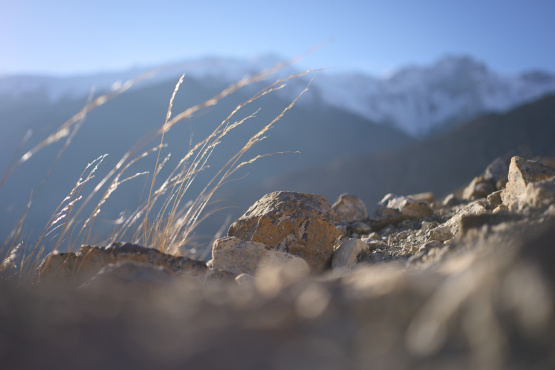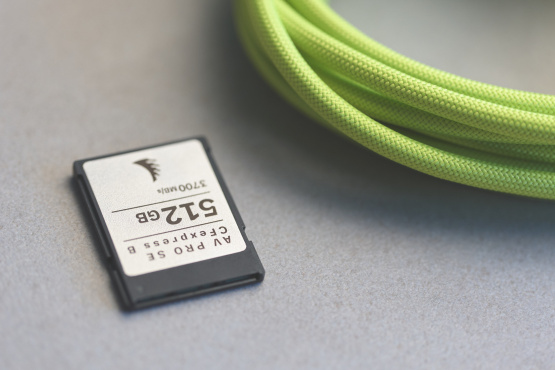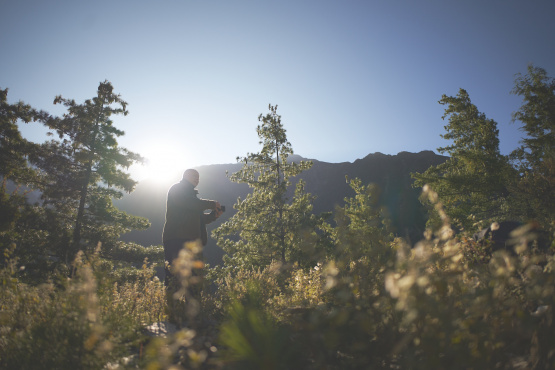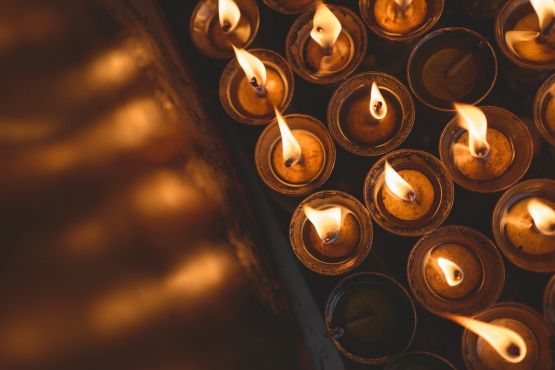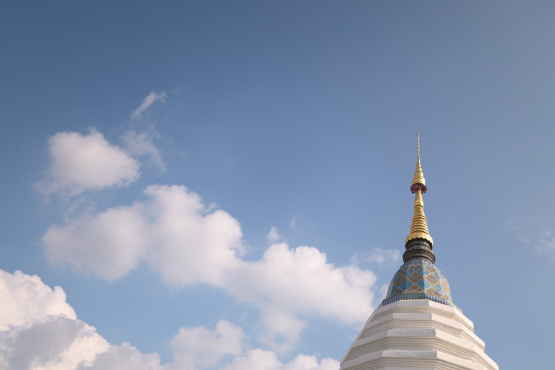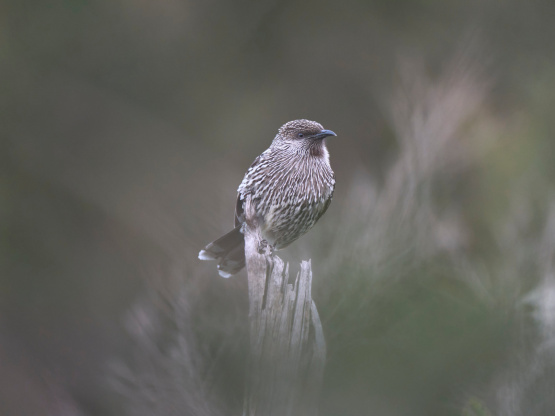I found myself giving a talk at a camera club the other week about something completely central to my work, yet very tricky to define. Creativity. It was one of those moments that makes you step back from what you do, and contemplate exactly how it is that you do it. Or maybe even challenge yourself as whether you are doing what you think you do at all.
As a beginner to photography, learning to be more creative is one of the hardest challenges in front of you. And equally one of the hardest challenges I have as a mentor.
In comparison, learning how to drive your camera dials, why you might want to swap to a different lens, or mastering some of the advanced features of processing RAW files are relatively straight forward tasks. You can tell when you've got it right. Setting forward on your own creative path, however, is a daunting challenge that typically only makes sense *after* you have found that path.
There’s a lovely school of thought that creativity is what you’re left with once you manage to “un-teach” yourself everything you have learned. While this doesn't apply to everyone, there is often some wisdom to this, because typically we follow a recipe for our photography based on our influences and experiences, and sometimes this can lead to a creative dead end.
But what I want to focus on are a selection of tangible shifts you can make to how you think about your photography – Some practical ideas on where you might connect with your own creativity and why that is so important.
Technically Creative
You don’t need to know everything about your camera to be a creative photographer, anymore than you need to know everything about how your engine works to drive a car. It matters if you run out of fuel or water, but most of what happens under the hood can happily remain a mystery.
Learning the technical aspects of your camera for the sake of knowledge is not a path to creativity. Getting better acquainted with the controls and features, that can be beneficial in make instances. But knowing how is not the same as Knowing why. Each time you learn the technical foundation for a new technique or feature on the camera, you are adding another tool that may prove useful on your creative journey. Our motivation for learning anything technical is towards opening a door to something creative.
This is why technical knowledge and creative ability are not mutually exclusive, but neither are they dependant. You can be creative with minimal technical knowledge, just as you can have complete technical knowledge and still fail to be creative! If you worry that you’re not technical enough with your skills, then stop worrying. There is always potential to learn something useful, but please don’t feel you need to learn everything to achieve anything.
There are a handful of technical skills that underpin my photographic style, and my version of creativity. I like to shoot with a wide lens, and a wide aperture. I have written literally dozens of articles about why wide is wonderful. I won’t repeat all that here. What I will emphasise is the day I bought myself a 24mm f/1.4 prime lens was the day I turned a corner with my photographic style. That lens became a creative tool for me to experiment with and took me down a path which resonated perfectly with my something inside my brain. I love shooting shallow depth of field to highlight my subject, and love shooting wide angle to embrace the maximum supporting context.
Learning the right technique, skill or tool to match your style will give you the best opportunity to express your creative voice. Because it's not about doing things "the right way", it's about finding what is "your way". The end goal isn't a perfect photo. The end goal is a photo that reflects your love of photography and expresses what you want to say.
The key word here is expression. That's my litmus test for success.
Expression vs Documentary
The heart of creativity is the act of expression. This is a recurring theme for my teaching, but it’s worth restating as a foundation for this conversation. When you capture an image you are attempting to express something with it. The camera is your voice, it carries intent when held in your hands. Eventually you share that image with an audience, be it online or on a wall, and you are expressing your perspective in that process.
There is no such thing as an impartial camera, it always assumes the intention of the photographer holding it. There are no absolutes in photography, there is no such thing as an accurate image. Every step of a photographs life is open to interpretation by the photographer. Where you stand to shoot the image, when you choose to capture a scene, which elements you include or exclude, what kind of editing you apply to the image or even the curation of frames for presentation. Each of these moments presents choices for the photographer that can change the content of the image and the message it conveys.
Every image is a representation of the original reality, subject to choices made by the photographer. How that person sees the world is a filter that is applied to the image, whether they are conscious of it or not. So there is no absolute truth in a photograph, even though it may contain an immense amount of truth from the photographers perspective. This is the flip side of what I mean when I say, “The camera looks both ways”. The photographer is always present in the photo, and a good photographer is not only conscious of this but leans into it.
We tend to think of the photograph as being real and honest and genuine. We revere it's documentary nature. We want to think the camera is neutral and fair. But this is an illusion. Every step of the way there is influence from the photographer, indeed the image is only interesting when the photographer's perspective is driving it. When you take a photo you are engaged in art, not documentary. You are engaged in expression, not neutrality. Documentary is an illusion. Photography is art.
Unique vs Original
I once wrote an entire article on the idea that there is almost nothing truly original in this world, we are all a product of external influences. But that doesn’t mean we cannot create something truly unique. The question is to what extent we can follow our influences and still regard our work as creative. Here is a paradox at work.
One of my favourite processing styles is to drop my RAW files into B+W, tinker with the contrast a little and warm up the split tones so I get a bit of dusty warmth in the mid-tones. Hardly original and completely derivative from a century of film based B+W photography that came before me. It’s a lazy way for me to bring some treatment to a set of images and have them work together as a set. Presenting an exhibition in B+W is much much easier than colour because the consistency across images gives a sense of flow and connection *between* them.
Dropping into B+W is hardly an original act, but does that mean it’s not creative? If my final result is a unique collection of images that pull together harmoniously to make a bespoke and powerful presentation, then surely that qualifies as creative?
There is a sense here that the impact of an image tells us something about the creative quality it posseses. After all an image can be unique yet forgettable, when really we want something of beauty to emerge from our creativity. I would describe this ability of an image to have impact as the “depth” of the image, or it’s ability to evoke an emotional response based on layered information within in.
Now we find ourselves standing on the intersection between story telling and composition. When I talk about layers, I could be referring to either of these. Literal layers in the composition, where a foreground and background embrace the subject. But also meaningful layers, such as the location and vocation of our subject.
Each time you build layers into your composition you are heading in a direction that can lead to something both creative and unique. Layers of content within an image give it depth, and expression gives it meaning. The more you learn about composition, the more you find yourself in control of your story telling as well. You are gaining technical skill that will help express your creativity.
Conforming vs Creating
I do photography for a living. That changes my perspective on creativity quite a bit, at least when dealing with my clients over the past few decades. The trouble with most commercial photography is that it leaves very little scope for being truly creative. Some commissions are built around a strong concept to produce high impact content, but the concept and creative flow usually belong to an agency rather than the photographer. That’s just the nature of the beast. You can’t expect to get paid buckets of money and still indulge in whatever creative fantasies take your fancy.
This is one reason I love running photo tours and workshops, because I don’t have to shoot anything for a client and I can indulge myself in any artistic direction that pleases me. And I usually do exactly that.
For many photographers who connect with the craft through a camera club, my photo tours offer a similar opportunity to step away from constraints and just “be themselves”. Camera clubs are great environments to learn skills in a structured way and progress with those skills, but the flip-side to standardisation of photography can be to stifle creative expression. If you shoot to please the judges then you may not be shooting to please yourself. It’s very similar to the constraints I have with my commercial clients.
Any opportunity to step away from these constraints is an opportunity to grow your creativity. There’s a big difference between conforming to a genre and being inspired by it. They key here is to pick strong and varied influences to take your photography into directions that would not otherwise present themselves in your current environment. Anything that takes you outside your comfort zone is a good thing.
Telling The Story
This may seem a tired and worn out expression when it comes to photography, but it holds value and these words have become shorthand for a great many more truths. If photography is an act of expression, then you ideally need a story to express. Shooting images for the sake of an image is a hollow process and it quickly shows. Without a depth of story behind the image there is rarely any depth within it either. And the creative power of an image comes down to the depth of impact it makes on the audience, not the photographer.
Portrait photography in particular is one area I see this pattern over and over. The photographer is very excited about the moment captured in the frame, but the audience less so. Too often the image being offered up is the result of slick lighting but devoid of any meaning or intent from behind the camera. Too often there is no story to tell.
Starting out in photography is not only a challenge to learn how to take photos, but why to take photos. What is the story you are trying capture?
I had one chap on a photo tour about ten years ago who was a lovely person but totally lost with his compositions. Whenever he would show me a photo and ask for some critique I would stare into the chaos, confused and reluctant to speak, because I never knew what the subject of the photo was. He would point his lens down a street and just capture everything and anything. I had a devil of a time trying to help him, until he grasped the idea of “telling a story”. For him that was the right framework to bring focus to his focus. For him, “telling a story” begins with deciding who the story is about. And in that moment, the art of composition revealed itself and opened up a whole new path for him.
Telling a story means the subject of the photo is your hero, around which you try to bring a little extra context and build layers into the composition. The foundation here is looking for the hero amongst a chaotic scene, and then exploring your creative tools to tell that story. You decide who the hero is. You decide what to say about them. You decide what the photograph should be. None of this is accidental.
All of which comes back to the idea that you need to put “experience before exposures”. I’ve written entire articles on this theme too, it’s a corner stone of my philosophy when shooting. When you put down the camera and let yourself experience a place first it gives you a chance to connect with your subject (the location or people) and identify what is special. You need to know the story to express the story, so you have to give space for real experiences to happen before pursuing the image.
This is also a fundamental difference between the art of photography and the rise of AI generated content. Maybe that’s better explored in another video, but let me just say that what is mostly missing from AI images is the human experience that gives meaning to it. Photography isn’t about pixels, it’s about people. The people who take photos, the people who appear in the photos, the people who care about our landscapes and wild places, the people want to learn about the places in your images, and the people who took the time to share what matters in their lives.
Go Slow
It seems obvious to most of us, but in practice the challenge of “experience before exposures” requires a little dedication to achieve. It requires you commit to slowing down your travels, slowing down your moment and letting yourself be generous with your time. If you walk into a market in Yangon with only ten minutes to “shoot and run” please don’t expect to capture a prize winning photo from that experience. It takes time to build depth to your experience, to talk to market holders, to observe the ebb and flow of a place and work out where the stories are happening. They’re not always blindingly obvious, especially the best ones.
Which is where I come back to my mantra: “Go Slow. Get Closer. Look for the Light."
One of the most fundamental steps towards being more creative with the camera is simply giving yourself time to slow down and experience your craft to the full.
When you take it slow you have time to engage with your subject, time to get close to them and learn something. Taking time gives you a chance to earn a little intimacy which will be evident in the photos. Time spent understanding your subject leads to better expression. And the creative path is all about expression, your expression. You may not be the first person in the world to hang a B+W picture on the wall, but that doesn’t mean you can’t make it a unique offering that is worthy of attention.
A Thousand Words
I want to finish off this conversation on creativity with something that may seem obvious in hindsight, but is almost universally overlooked in practice. More often than not, photographs come in collections.
It’s very rare that we share a solitary photo. A single magazine story has pages full of photos. Your Instagram feed has hundreds if not thousands of photos. Your website is likely divided into themes or sets of images. Any gallery collection is a carefully curated set of images brought together to tell a greater story than any one image could.
Photographers don’t just take photos. They curate photos as well. Because even though a single photo can say a thousand words, it takes a curated set of images to tell the full story. The art of curation itself is indeed a whole other skill set. We obsess over what brand of camera and what kind of lens to shoot with, or which software to edit the photos in. How you present and choosing what photos to share are actually just as important, and potentially just as rewarding.
I designed a workshop for curation that I ran online over several weeks, and every time I’ve run this workshop we get a bunch of people who suddenly have rediscovered their joy in photography. We get a bunch of people who suddenly start seeing the value in their own photography, because there are stories to be told that are greater than any single photo. I watch people pull together a photo essay with images that never stand a chance of winning prizes at the camera club, but curated into a set they elegantly and decisively tell the story they want to tell.
There’s this moment of deep satisfaction when these folks share a curated set with the group, and we all watch and we GET IT. We totally get what they are saying through the images. We are with them on that journey. We are pulled into their world and we get to see the world through their eyes.
Photography at it’s best is full of such joy. It’s not a passive experience at all. It’s a conversation between the photographer and the audience. Whether you’re sharing your images on social media, or a wall or online doesn’t matter. All that matters is that you’ve made the effort to collect pieces of a story then try to assemble those pieces in a way that other folks can interpret for themselves.
We lose sight of just how irrelevant cameras are to photography sometimes. YouTube is wall to wall reviews of camera gear and lenses. The algorithm only ever promotes my videos when I spend 15 minutes talking about a macro lens or comparing two camera bodies! You can easily lose sight of what photography is actually all about.
It’s not about cameras. It is about the photo. It is expression. It is creativity. It is art.

Keep Reading
Join Ewen's newsletter for monthly updates on new photography articles and tour offers...Subscribe Here



